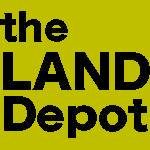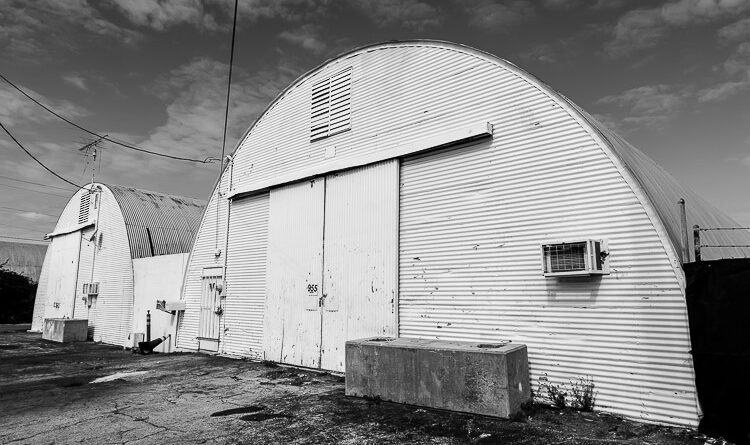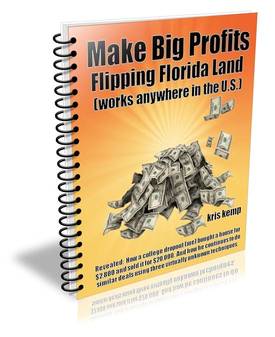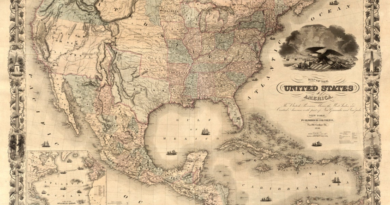Living on the Edge: Confessions of a 30-Something Creative
Please note: This article is excerpted from Make Big Profits Flipping Florida Land. Be sure to bookmark TheLandDepot for more articles like this one in the near future. Be sure to check out my latest Special Offer: The Ultimate Ebook Bundle for Real Estate Investors ($1,799 value) + 2 Free Entries for a Chance to Win a Florida Camping Lot (1,500 value), a total value of: $3,299 dollars. To find out more, visit: http://www.thelanddepot.net/ebook-bundle/ Thank you.
Living on the Edge
For years, in high school and after high school, I worked a string of jobs. Mainly, I worked at restaurants, as a fast food cook, a pantry chef, a line cook, or even running the entire line, for the late-night shift at a French inspired, American-cuisine restaurant called “America”, that sat at the East end of Clematis Street, in downtown West Palm Beach, Florida.
For the most part, the jobs required a high degree of energy and attention to detail. Even if you are “just serving people food”, the fact that you are putting together something that they will eventually put into their mouth, is, a great responsibility. LOL.
The merry-go-round of jobs after high school
It was after high school, while working a number of interesting but kind-of uninspiring jobs, that I realized I didn’t want to work a 40-60 hour a week job the rest of my life in order to pay rent or mortgage payments, car payments, insurance payments, only to end up many years later in a retirement community to play tennis, bingo, and swim, with the occasional visits from family and friends.
(If you’re depressed about your life or find yourself complaining, turn off your TV. Then, visit a nearby nursing home and spend some time listening to the stories of the people who live there. You will leave with a new perspective on your own “problems”.)
Decisions
So, even while working these jobs, I decided to save money in order to get my first income property. In order to save money, I did things differently, so that, one day, I could purchase real estate in Florida. If I can do this, so can you. This is what led me to writing the ebook, Make Big Profits Flipping Florida Land. In fact, what you’re reading is an excerpt from this book.
If you want to know more about the ebook, visit these websites:
Make Big Profits Flipping Florida Land
Flip Florida Land
Please note: Both of the websites are for the same ebook.
The Importance of Focus
Focus on your goal + discipline toward making that goal a reality (consisting of breaking it down into steps, then taking action to make it happen) will bring that goal into reach, something tangible where you see results.
Living cheap, creative projects
For years, I had lived in a giant warehouse with a group of artists, writers, drifters, dreamers, in the corner of a quonset hut about 20 feet from the railroad tracks. Every time the train roared by, the walls of the entire building facing the East side, toward the railroad tracks, shook.
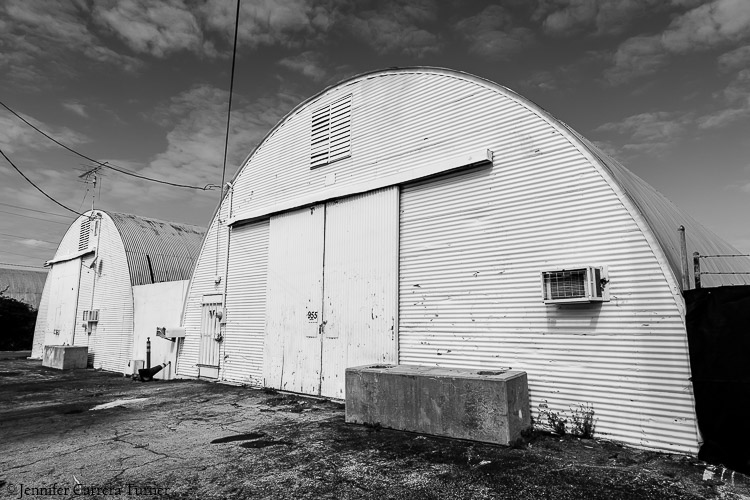
The entire warehouse consisted of three quonset huts, joined together at the middle, lower sections, located at 502 Kanuga Drive, in Flamingo Park, an historic area of town in West Palm Beach, Florida. This artist’s living/work space was affectionately called “the hut”. The official name for this fringe artists community was the Unarmed Underground Art Centre (UUAC).
Flamingo Park was undergoing a revitalization.

People were moving into the neighborhood, buying up homes, painting them, sprucing up the yard. The area was becoming a hot place to buy and sell real estate.
Investors and property owners began to complain about the warehouse, the quonset hut, in which I, and others, lived and rented live/work lofts and artists studios.
To them, the quonset hut was an eyesore.

A Giant Magnet in the Sky
From the outside, it did look like an abandoned warehouse occupied by slow- moving carousel of the orphans of society—the drifters, dreamers, small-time grifters, hustlers, and bohemians that were drawn to this place magnetically.
And, in a way, this place did have its own gravity field. It was like a giant magnet in the sky that could only attract what it did not destroy. If you made it through the radiation fields, only then would you be allowed entry. In a way, this rite of passage tested the strength and flexibility of those who wanted to rent an art studio or even inhabit this massive, half-buried soup can. It separated the curious from the dedicated, with mixed results.

The Unarmed Underground Art Centre (UUAC) did have a kind of energy to it. A campfire surrounded by storytellers, passersby, musicians, artists, orphans, curiosity seekers, and the occasional cop.
Pictures from the Leftover Generation
In my journal, Pictures from the Leftover Generation (find it at: bicycledays.com / under the “journals” section / right side of page), from the time, I described the quonset hut as “a hamster cage for the disenfranchised”. That description was given to a writer from The Palm Beach Post who included it in an article about the place.
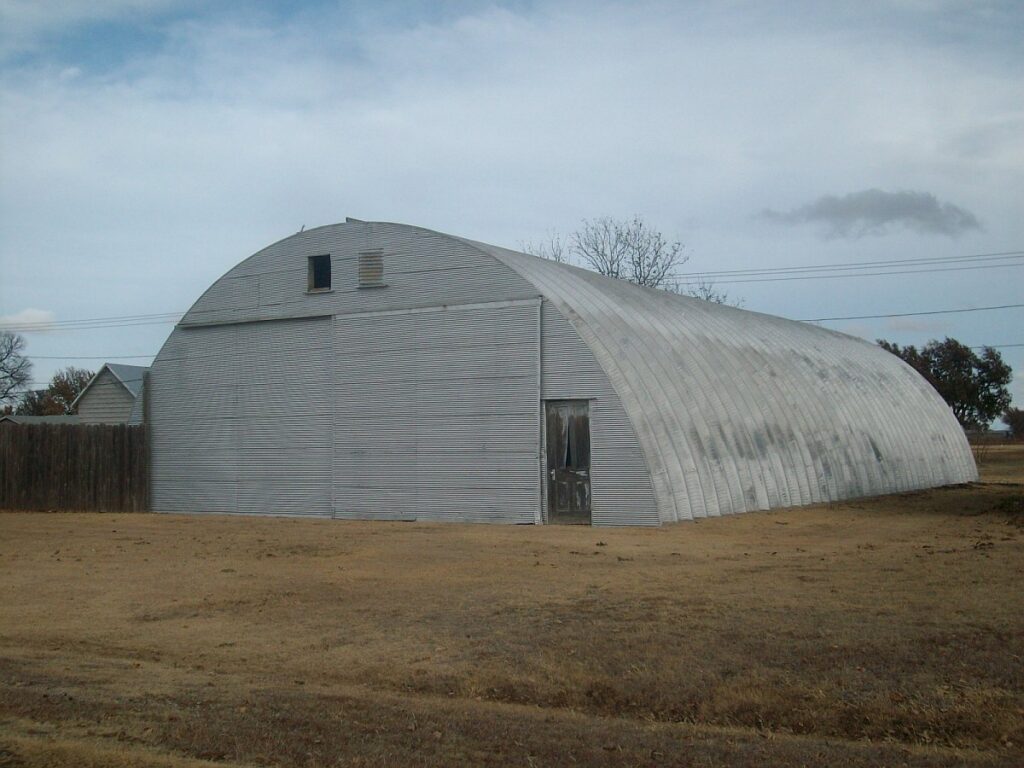

The quonset hut, the warehouse, sat at the end of Kanuga Street,about fifteen feet from the railroad tracks. Situated in front was a grassy patch of land, that served as the parking lot for the beat-up cars that were owned by the “artists in residence”.

A quonset hut, in case you don’t know, is a curved-shaped warehouse that’s looks like a giant, unlabeled can that’s been cut in half vertically and laid on the ground. Essentially, it’s an airplane hanger. Ironically, the quonset hut we lived in was used, a long time ago, as a manufacturing facility for materials used to build other quonset huts. Because it was smack dab next to the railroad tracks, it served as a convenient entry point for the distribution of quonset hut building materials. For that reason, it’s no guess as to why there’s a series of such building that run the perimeter of the railroad tracks in Palm Beach County, Florida.

The Beached Whale
The quonset hut was the giant beached whale, the Moby Dick, whose carcass we, the artists, writers, drifters, dreamers, had taken hold of, had entered, had inhabited, had rearranged, and now called home. The carcass itself was shaped by delaminated wooden strips that encircled the interior like giant ribs. Steel, corrugated sheets enclosed the ribs, like a skin of armor. When it rained, the sound was incredibly loud.

We were on this ship that had run aground. And the captain was a skinny, muscular, highly intelligent, benevolent alcoholic named Alan Patrusevich. He was creative and generous, and had these massive blue eyes that were the size of coffee saucers. And this guy could tell stories that would leave you hypnotized.
He was a gifted storyteller and he spoke in near perfect paragraphs. Despite the fact that he drank, smoked, and told stories laced with cuss words, there was a benevolent quality to him and it was apparent that he cared about the people who rented or even lived in the warehouse space.

He was the Captain Ahab in search of that elusive whale. And we were his crew, occupying berths and cabins on this beached ship. Even though the whale existed only in his imagination, we all played along, happy to have a cheap place to stay and create things.
Alan Patrusevich
Alan Patrusevich was the live-in manager of the warehouse. In the front bay of one of the quonset huts, he ran an antique restoration business. He was good at it.
He was a former Navy veteran who was a brilliant mechanic and voracious reader, an soft-spoken intellectual. He had a penchant for drinking, up to 18
bottles of Miller Lite a day. His diet consisted of beer and Lucky Strike cigarettes. Often, he would recruit a nearby artist to “make a run to the candy store” nearby to purchase a 12-pack of Miller Lite and 2 packs of Lucky Strikes.
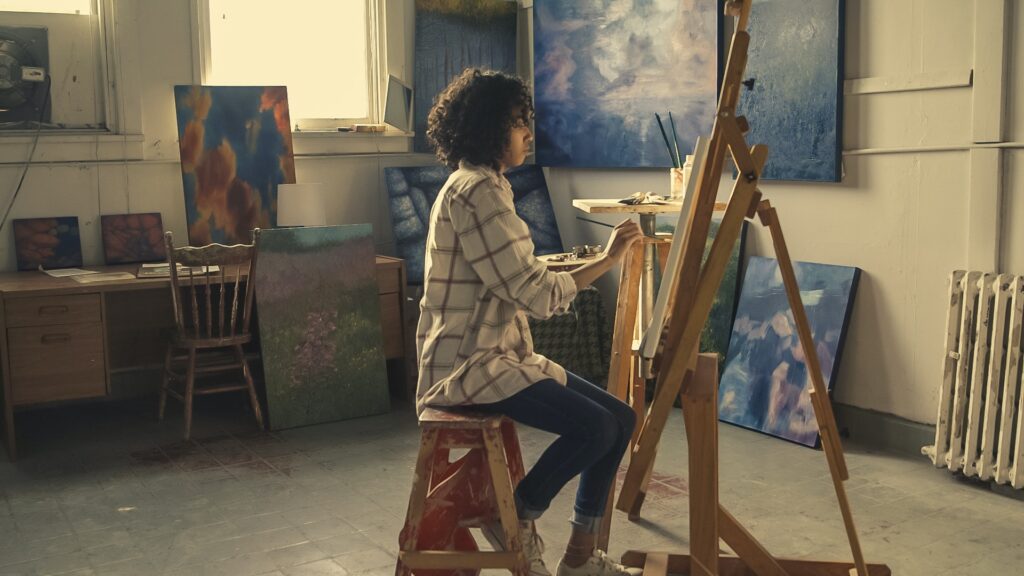
Shipwrecked Castaways and the Quest for Fire
The quonset hut itself became a revolving door of shipwrecked-looking castaways, in their quest for fire, with weekend parties, art events, music shows, and a continuous stream of cars, vehicles and bicycles coming and going all hours of the day and night.
The constant parties and coming-and-goings of the artists, as well as the front yard of run-down, beaten-up cars that looked abandoned, even though they were owned by the artists, got the attention from the investors who were moving into the neighborhood.
A Blighted Area gets Discovered
This was the neighborhood of Flamingo Park, in West Palm Beach, Florida, and it was just being discovered—a place to find and buy houses that were expected to only rise in value.
Those expectations, it turned out, proved to be correct.
As of this writing (September, 2020), a typical house in Flamingo Park goes from $500k to $750k or higher. Flamingo Park is an historic neighborhood in in West Palm Beach, Florida that is bordered by Parker Avenue on the west side and Dixie Avenue on the east side, and Belvedere Road on the south side and Okeechobee Boulevard on the north side.
Things were changing, and the little artist-community-that-could was feeling the squeeze.
City officials started visiting the UUAC by sending code enforcement to harass the director/owner Alan Patrusevich, a brilliant and benevolent former Navy man of Lithuanian descent, who operated an antique restoration business from one of the warehouse bays.
The story of living in the quonset hut, known as the “Unarmed Underground Art Centre” is an entire story in itself.
Thankfully, I kept a journal of my experiences living there.
You can read the journal, Pictures from the Leftover Generation, at www.BicycleDays.com At the website, look for the “journals” section, then click on “Pictures of the Leftover Generation”.

The west bay of the Unarmed Underground Art Centre aka “the hut”.
Photo: Richard Lotz

The Pressure Mounts: A Storm is Coming
Code enforcement started showing up at the hut. At first, they came every few weeks. Then, every week. Then, they started arriving every few days.
Sometimes, we’d get advance notice from the neighbors or city officials who were on our side. I remember, a few times, getting the advance notice, and quickly standing up my bed against the wall, bungie-cord-tying it so it stood vertically, covering it with a tarp, opening my door, and then going to my desk to continue typing, putting together a creative project. By the time the code enforcement people arrived, saw an artist in his studio working.
The pressure continued to mount.
Eventually, police showed up at the art parties.
Then, legal notices arrived for court dates, and litigation for violations due for electrical, plumbing, and permits.
The code enforcement, the legal issues, the cops … started out as a wave and then turned into a tsunami.
Finally, caving into pressure from city officials and mounting debts, Alan sold the quonset huts. The Unarmed Underground Art Centre aka “the hut” was no more. The artists, writers, drifters and dreamers scattered. Eventually the dust settled and they found spaces of their own.
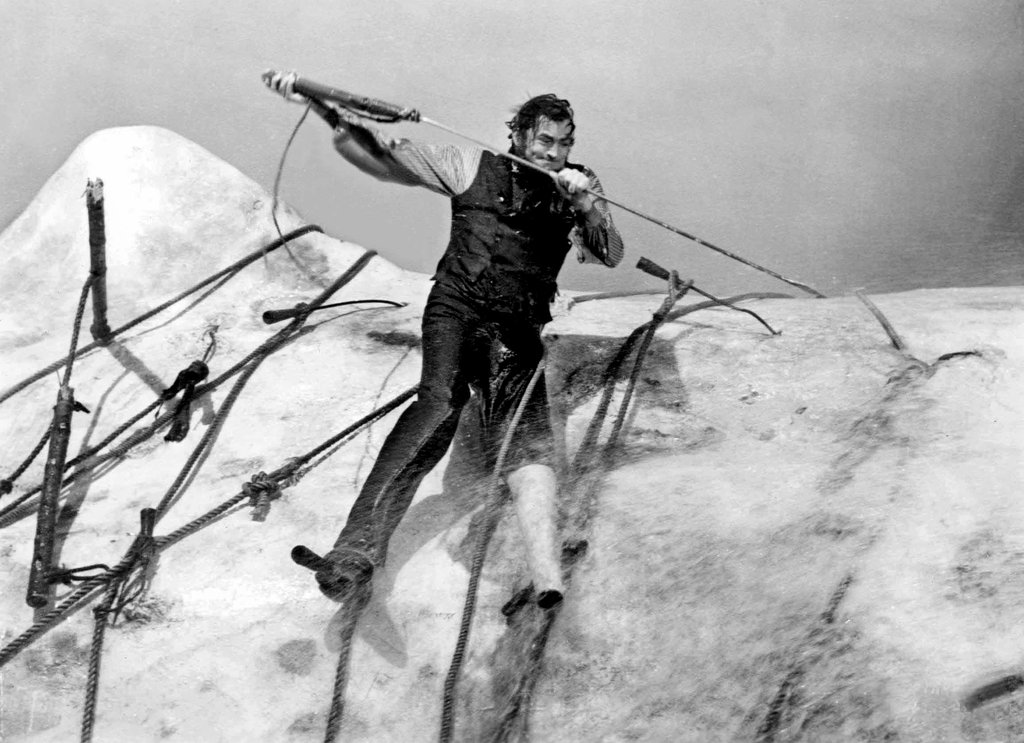
Finding Freedom
At this point, I was in my early thirties, and wasn’t about to settle down to work at a job I don’t like, to buy things I don’t need, to compete with people I don’t even know.
I wanted my own space.
I wanted freedom.
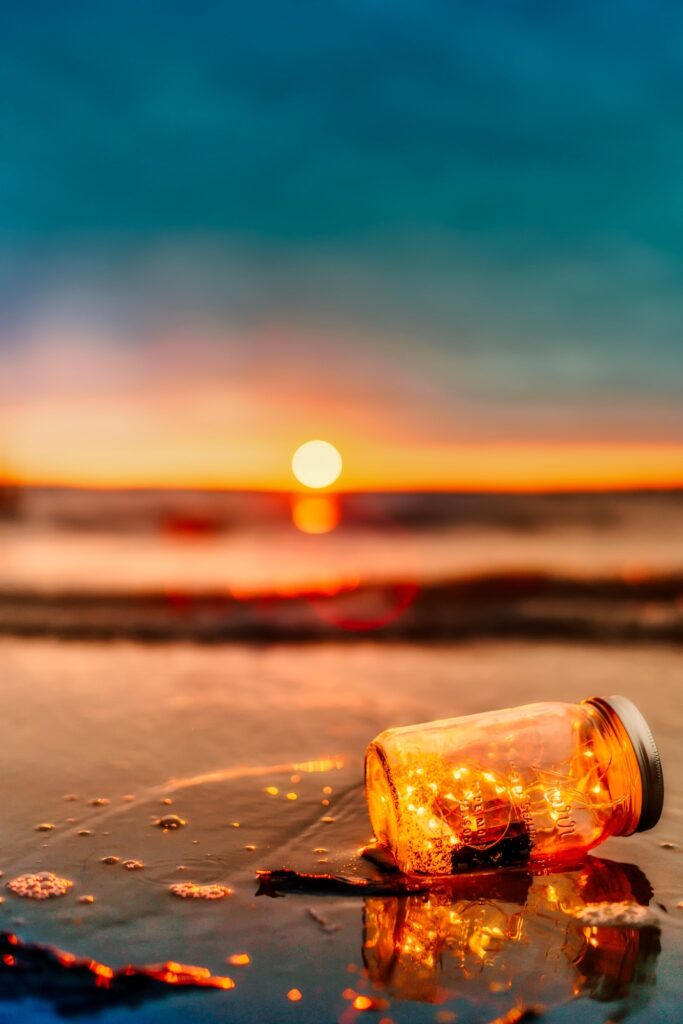
Living among artists in the giant hamster cage of the hut had given me freedom to work part-time pick up jobs and in my free time write journals, compose songs, start a Christian coffeehouse, produce a film festival, and a number of other creative enterprises. Those creative projects enabled me to meet groups of people and have the project be the campfire around which we gathered. In a way, the projects were like month-long campgrounds for adults and people of any ages. Still are.
For me, freedom meant continuing to live for cheap or free.
I wanted, at some point, to own my own place, to exit this treadmill of paying rent for the next 50 years, to exit this hamster cage for the disenfranchised.
I didn’t want to pay rent, I wanted to own my own house, even if it was a fixer-upper.
I didn’t want to be trapped in a 30-year mortgage either.
If I could continue to live cheaper, eventually I could save enough to buy an old house, somewhere.
In short, I wanted out.
But I knew that in order to get to this place, I would have to continue living differently.

Couchsurfing
For nearly six months, I lived on the couch of Scott Thourot, an engineer and real estate investor, in North Palm Beach, Florida. Years earlier, we had met at church, and had been friends ever since.
I told him that I wanted to live with him in order to save money, and to produce (record music tracks) songs for a Christian music ministry project that I started called Out of the Wilderness.
Out of the Wilderness
raising a voice for the persecuted church
Scott agreed to let me sleep on the couch, and I even set up my keyboard and portable digital mixer (for recording the music directly using a 1/4” cable) and keyboard in the kitchen, against one wall.
Smoothies and Repairs as a Currency
He said that as I long as I made him smoothies every morning and helped him do repairs with his properties, I could live there.
At the end of six months, I had recorded most of the songs for Out of the Wilderness (OutOfTheWildernessMusic.com) saved money, and learned first hand what it’s like to live with someone who has rental properties.
I learned that I did not want to be a landlord.
Scott rented out duplexes to tenants, and I saw that it was a full time job.
His life, at that point, consisted of arriving home from work at the engineering firm, changing into ripped shorts and a dirty shirts, then visiting his properties to do maintain them.
Often, I would help. Usually we didn’t return until after midnight.
The work was physical.
We lived in one of Scott’s duplexes, and often did repairs in the others. I remember using a sledgehammer to help smash out bathroom tiles, then heaving a toilet into the bathroom while we both fastened it to the floor.
Sure, he might have made solid income flow from his properties, but was the tradeoff worth it–every night running from property to property fixing things?
Soon after recording most of the music for Out of the Wilderness, and feeling the need for a change, I moved out of Scott’s place.
What I learned from living with Scott is this–being a landlord is a full-time job. There’s got to be a better way to make long-term profits. Later, I found out there is a better way.

Coconuts as currency
Some time later, after moving out of Scott’s, I received a call from David Knight. A Bahamian born entrepreneur and musician, he was an interesting, somewhat enigmatic fellow, who I had met years earlier in downtown West Palm Beach, Florida, and had done work for, assisting him with maintenance–usually painting or carpentry–on his investment property on Dixie Boulevard.
David was calling from New York.
It was night time and he had an urgency in his voice as he told me that someone had broken into his building on Dixie.
He asked me if I could drive by and cover the broken window with a board. I told him I would.
He said that if I did that, I could stay in the kitchen of his place, for free, and that, when he returned from New York, we would discuss my staying there for a further period.
David Knight owned 3 buildings on Dixie. The big, two-story building he had sold. Beside it, sat two, smaller, one- story buildings. The two smaller
buildings were fenced. One of the smaller buildings in the back housed a kitchen and bathroom with shower. The smaller building in front consisted of David’s living space, several rooms, a music studio, a bathroom, a living room.
Somewhat cautiously, I drove to his building, parked, and wandered to the front door of the smaller building in the back that housed the kitchen.
Noticing the broken window on the door, and bits of glass all over the ground, I walked the premises carefully to see if any other buildings had gotten vandalized.
Even though the window had been broken, bars were framed in front, preventing anyone from entering. My guess is that someone had broken the window, then tried to put their arm through and unlock the door from the inside.
Long story short, a cop arrives and I’m on the phone with Dave, so he talks to the cop, explaining that I’m a friend he called to check things out. The cop leaves. I return with a board, cut it to fit over the window, then screw it into the aluminum door.
When David returned, I moved into that building–the kitchen. I set up a foam pad (for sleeping bags) beneath the kitchen table, a thin sleeping bag to go over it, my computer on the table, and moved into the kitchen.
The rent agreement was this: David said that my rent was two coconuts a day. I agreed that that was fair, then moved in.
A Hurricane hits West Palm Beach, Florida
At the time, I was delivering pizzas and driving around West Palm Beach, Florida. A hurricane had recently come through, blowing down trees, branches, and– you guessed it–a large number of coconuts.
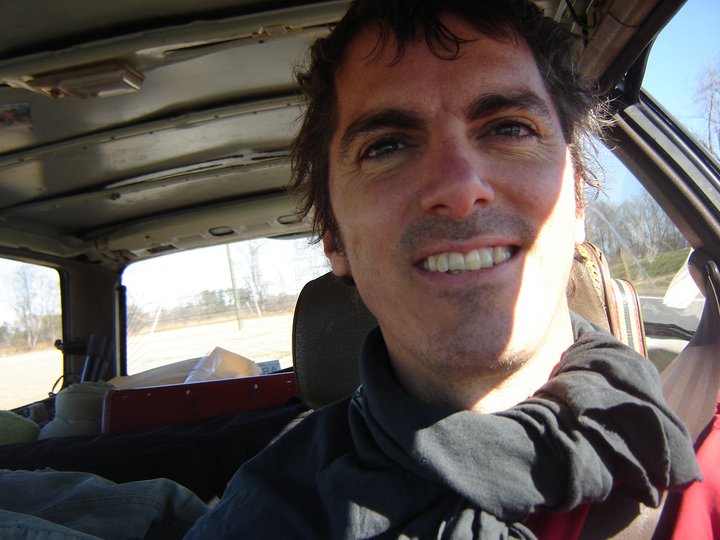
I purchased a machete (from Brazil) from Hall’s Hardware and placed it in the back of the Honda.
While delivering pizzas, I would find coconuts on the street, pull over, and put them in the back of the car.
Arriving to the kitchen after work, I would chop off the top of one of the coconuts, put a straw in it, and place it in the fridge.
Every morning, David would walk in and open the fridge and drink the coconut milk for breakfast.
I placed the second coconut, unopened, in the fridge, so it would be cold for the next day.
Once the juice was consumed, I would chop it open for the meat and place that in a container.
Living there proved to be a real blessing, in that I saved money with the intention to purchase my own foreclosure or fixer-upper.
The Last Pizza Delivery Driver on Earth
I lived there for a year, saved thousands of dollars, and wrote my first screenplay in my spare time.
“The Last Pizza Deliver Driver (on Earth)” tells the story of a an insecure 32- year old pizza delivery driver who, after finding out his 15-year high school reunion is coming to town, tries to patent an idea so he can feel good about himself.
You can read “The Last Pizza Delivery Driver on Earth” at: www.bicycledays.com At the website, look for “journals” section on right side. Under the “screenplays” section, click on “The Last Pizza Delivery Driver on Earth”.

And, yes, it’s semi-autobiographical.
Antares Davis, a model and actress, whom David Knight was dating at the time, helped me read through a part of the script one day. It was great reading the material with a seasoned actress, who had hosted major celebrity events in LA. Thank you, Antares Davis.
She even came up with a great line for pivotal scene in the screenplay, in which Jim Wheeler, the protagonist (hero), meets Wendy, the homeless girl at a 7-11 convenient store.
When Wendy jumps in his car, Jim looks at her, astonished.
Here’s the scene:
JIM WHEELER looks at Wendy, a homeless girl, appears to be 21 years old, who just jumped into his car.
WENDY Go.
JIM Where?
WENDY You’re the driver.
You can read the entire screenplay at: www.BicycleDays.com Look in the section “screenplays”. Then, click on “The Last Pizza Delivery Driver on Earth”.

A Squirrels Eye View of a Real Estate Investor Entrepreneur
Living in David Knight’s kitchen provided me with a squirrel’s eye view of someone who works for themselves. Some years earlier, David had purchased the main, 2-story building on Dixie at a low price, spent a few years on renovation, then sold it for a nice profit–about 3x what he paid for it. He also had rental properties.

Although he was somewhat quiet about his earnings, I surmised that he had used the profits of the 2-story building sale to buy smaller rental properties for cash, and use that rental income to live on.
It’s a smart move–to work hard for a few years, find some deals, add value to those deals, re-sell for profit, then use that profit for rental properties or properties you sell outright.

Although real estate had been favorable for David Knight, he didn’t seem interested in talking about it.
When I asked him why he wasn’t interested in continuing in real estate investing, he’d answer with a sigh, and “it’s boring”.
He was more into playing music and traveling (New York, Europe, Ukraine, South America).
During the course of my stay in his kitchen, I would ask him how to make money in real estate. For the most part, his answers were esoteric.
He did not care to discuss real estate.
He said it bored him, and that he wanted to play music. One day, he told me this, which I wrote down.

“Those who work with their muscle can be replaced by the stronger guy. Work with your brain. You can accumulate knowledge working with your brain. With your muscle, you accumulate wear and tear.”
David Knight
Living with Real Estate Investors
Living at Scott’s house, on the living room couch, and in David Knight’s kitchen, where I slept on the floor beneath a table, proved to be an educational experience.
From Scott, I learned that I did not want to be a landlord, and that, if I did have rental properties, I wanted to figure out a way NOT to have to manage them.
From David Knight, I learned that buying a run-down property in an up-and- coming area, with a clear vision of improving the property to resell at a later date, could yield enormous profits, enough to reinvest in smaller income- producing properties.
At this point, I really was excited about buying a property of my own.
(Interested in reading the whole story? This is an excerpt from “Make Big Profits Flipping Florida Land”. You can find out what happens next when you purchase “Make Big Profits Flipping Florida Land”. Grab your copy, and get 39 additional ebooks, plus 2 entries for a chance to win a North Florida Camping Lot, a total value of: $3,299 dollars, at: http://www.thelanddepot.net/ebook-bundle/)
Please note: Bookmark TheLandDepot.net and check this website once or twice a week for more blog posts and for the continuation of this story.

+ + + + + + + + + + + + + + + + + + + + + + + +
Curious to learn more about Real Estate investing for fun and profit? Discover the simple, powerful, effective strategies you can put into motion to find, buy, and flip properties—land, houses, mobile homes—for fun and profit in Florida or anywhere else in the U.S. I’ve written a few ebooks about this topic and I think you’ll find them highly entertaining and informative, too. Click the links below to find out more:

Ebook Bundle for RE Investors + 2 Entries for your Chance to Win a Florida Camping Lot
http://www.thelanddepot.net/ebook-bundle/

Discover how to find, buy, and flip properties—land, houses, mobile homes—in Florida or anywhere else in the U.S. for fun and profit! If a college dropout (me) can do it, so can you!
www.MakeBigProfitsFlippingFloridaLand.com
Revealed: How a college dropout bought a house for $2,000 and sold it for $20,000.
TheLandDepot.net
FlipFloridaLand.com
MakeBigProfitsFlippingFloridaLand.com
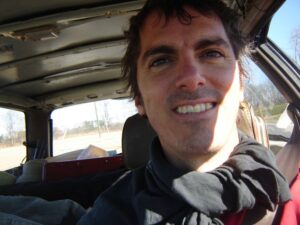
Kris Kemp is a writer, copywriter, musician, traveler, creative entrepreneur and the author of 20+ ebooks. He specializes in copywriting for sales pages, landing pages, squeeze pages, and email marketing campaigns. He has a variety of interests that share the common theme of freedom–health freedom, time freedom, financial freedom, location/travel freedom.
(Feel free to republish this article, as long as you leave the links in place.)
© Kris Kemp, 2020 & beyond
